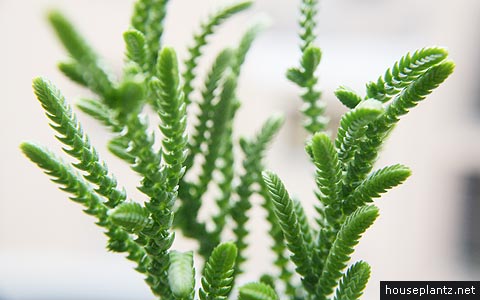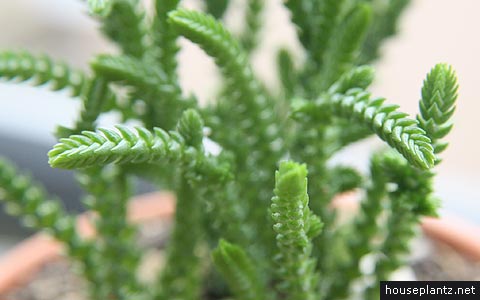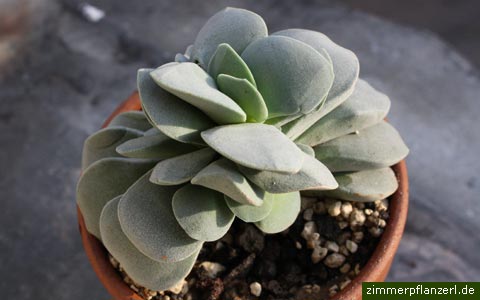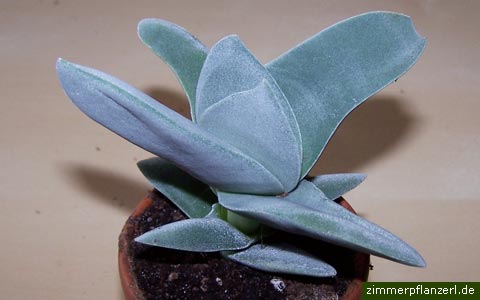crassula ausensis belongs to the crassulaceae family and is native to namibia. there are different forms of this plant available. in good sunlight the knobby leaves of subspecies titanopsis form red tips.
crassula ausensis care
crassula ausensis does best if located bright and sunny the year round. a light shaded place will be tolerated. during summer it can be grown in the garden. but make sure that rainwater can easily flow out of the pot.
this succulent likes a well drained soil. a regular cactus mix can be used. i’m using a mixture of potting soil, coarse sand and pumice (2:1:1).
from spring to fall crassula ausensis can be deep watered. what’s flowing into the saucer must be removed after a few minutes. wet legs can cause rotten roots. before adding water next allow to dry.
a half diluted cactus fertilizer can be given monthly in spring/summer and if placed at room temperature every six to eight weeks in fall/winter. new bought or recently repotted plants don’t need to be fed for the first six to eight weeks.
for showing its inflorescence in spring, a cold winter location may be helpful. crassula ausensis can be placed at 5-10 °c (41-50 °f). at this temperature range it has to be kept nearly dry and don’t need to be fed. if placed at room temperature during winter, give as much light as you can.
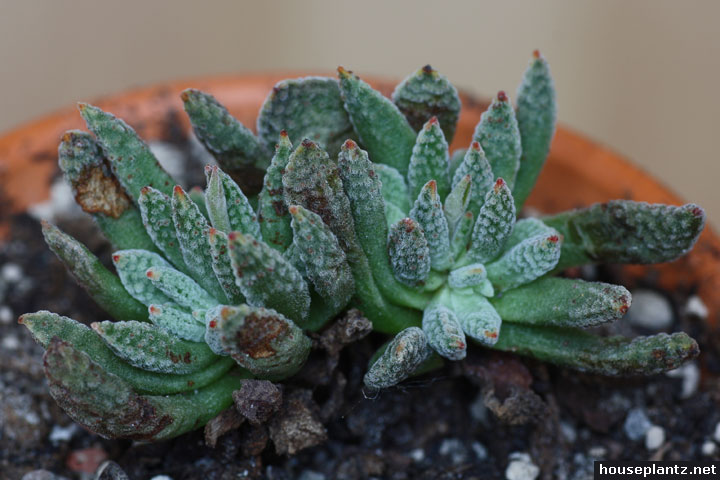
propagation
crassula ausensis can be grown from seeds or cuttings.


